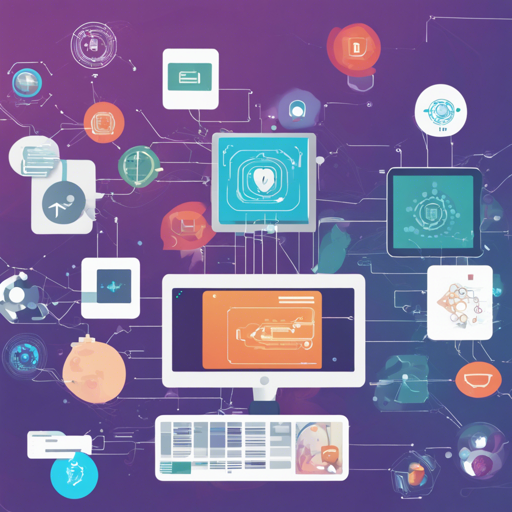Have you ever wanted to interact with your devices in a more intuitive way, like asking them questions about what they see in images? If so, the MiniCPM-V, a cutting-edge visual question answering model, is just what you need! In this guide, we’ll walk you through the process of deploying MiniCPM-V on your devices, allowing you to harness the power of AI for your projects.
Understanding MiniCPM-V
Think of MiniCPM-V (also known as OmniLMM-3B) as a highly advanced translator and interpreter, capable of understanding images and providing answers in a conversational manner. Just like a skilled interpreter who depends on context and language fluency, this model analyzes visual data and responds to inquiries about it, making it a great tool for multimodal interaction.
Key Features of MiniCPM-V
- High Efficiency: MiniCPM-V operates smoothly on most GPU cards and even mobile devices by compressing image representations to just 64 tokens, unlike the usual 512 tokens seen in other models.
- Promising Performance: It outperforms many comparable models, including the larger Qwen-VL-Chat.
- Bilingual Support: It supports both English and Chinese, broadening its usability.
Getting Started with MiniCPM-V
To deploy MiniCPM-V, follow these steps:
1. Install the Required Software
Ensure you have the following libraries installed in your Python environment (tested on Python 3.10):
Pillow==10.1.0
timm==0.9.10
torch==2.1.2
torchvision==0.16.2
transformers==4.36.0
sentencepiece==0.1.99
2. Run the Inference Code
Below is an analogy to make sense of the code snippet provided:
Imagine you are using a sophisticated camera that not only takes photos but can also answer questions about what it sees. The code acts like setting up this camera:
- You first get your camera ready (loading the model).
- Then, you adjust the settings based on the type of photo you’re taking (setting up for different types of GPUs).
- Finally, you take a picture and ask it a question (feeding an image to the model and querying it).
import torch
from PIL import Image
from transformers import AutoModel, AutoTokenizer
# Load the model
model = AutoModel.from_pretrained('openbmb/MiniCPM-V', trust_remote_code=True, torch_dtype=torch.bfloat16)
# Move model to the desired device
model = model.to(device='cuda', dtype=torch.bfloat16) # Adjust for your GPU type
# Load the tokenizer
tokenizer = AutoTokenizer.from_pretrained('openbmb/MiniCPM-V', trust_remote_code=True)
model.eval()
# Prepare the image and question
image = Image.open('xx.jpg').convert('RGB')
question = "What is in the image?"
msgs = [{'role': 'user', 'content': question}]
# Get the answer from the model
res, context, _ = model.chat(image=image, msgs=msgs, context=None, tokenizer=tokenizer, sampling=True, temperature=0.7)
print(res)
3. Testing the Model
To confirm everything is working properly, you can use the demo available here.
Troubleshooting
If you encounter issues during deployment, consider these troubleshooting tips:
- Check if your Python environment has all the required libraries installed correctly.
- Make sure your device is supported (Nvidia GPUs or Mac with MPS for Apple silicon).
- Confirm that the image path is correct in your code.
- If you receive a memory error, try signaling the model to operate with less complexity or switch to a more powerful machine.
For more insights, updates, or to collaborate on AI development projects, stay connected with fxis.ai.
Conclusion
With its unique capabilities, MiniCPM-V is poised to transform how we interact with machines. By following this guide, you’ve made great strides toward deploying a model that can see and respond intelligently.
At fxis.ai, we believe that such advancements are crucial for the future of AI, as they enable more comprehensive and effective solutions. Our team is continually exploring new methodologies to push the envelope in artificial intelligence, ensuring that our clients benefit from the latest technological innovations.

